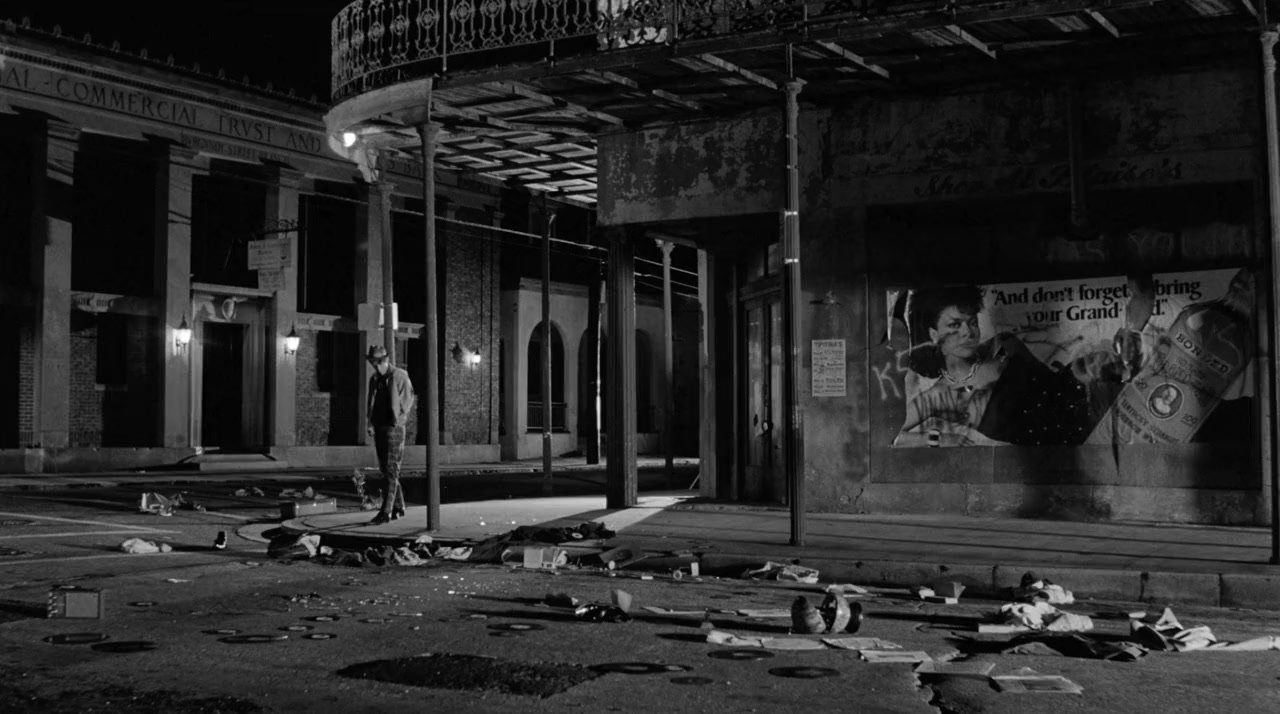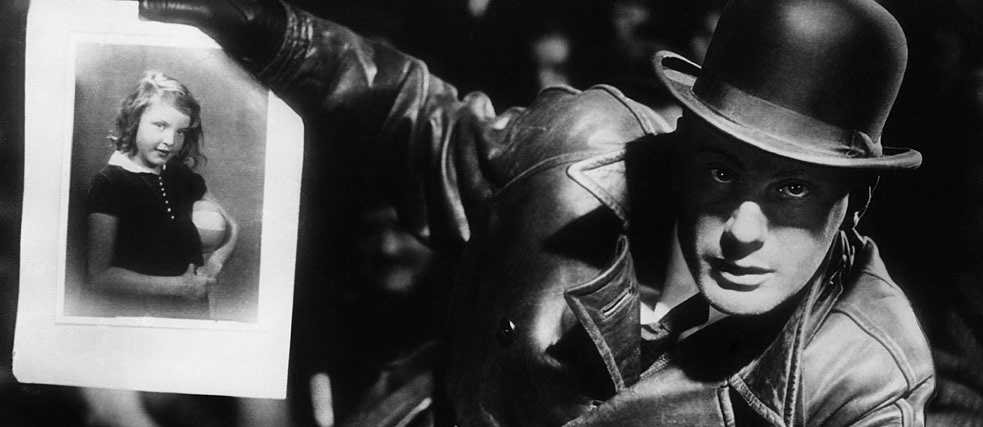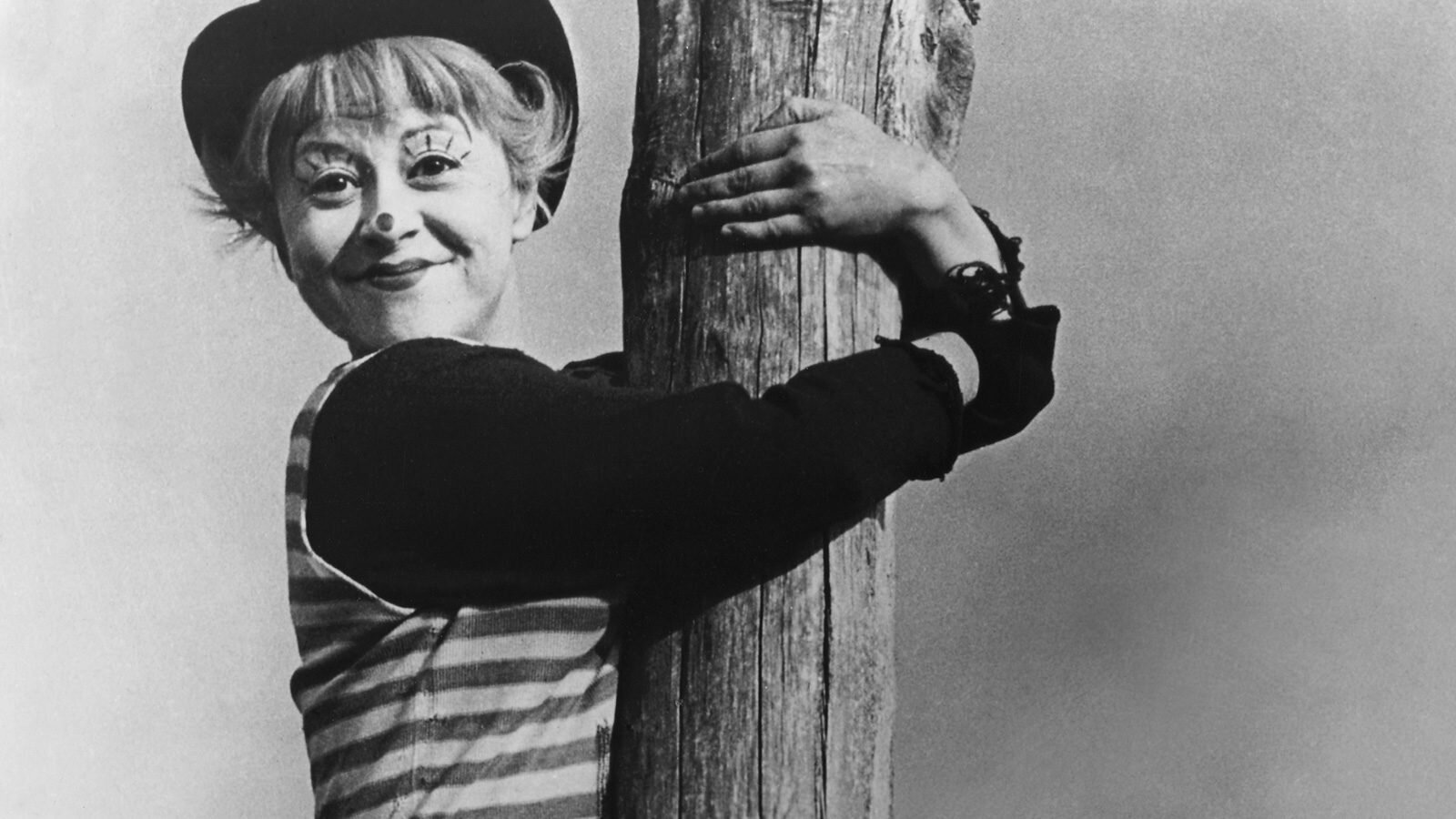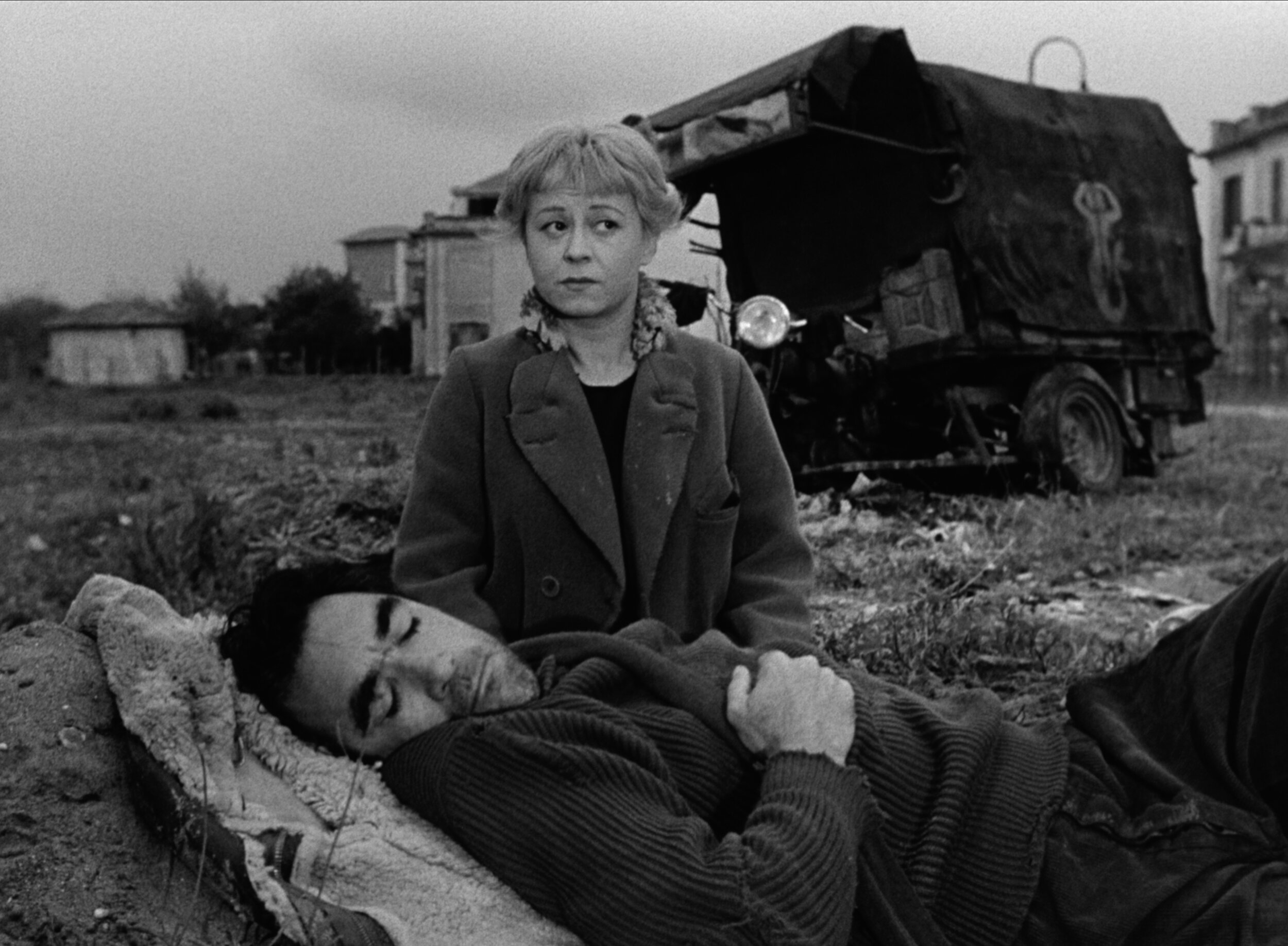Review: THE WORLD OF APU
By Lucy Johns, Art and Film mentor
When Apu wakes long after his new bride is up from their humble bed in Calcutta – a couple of tables spread with a thin pad - his hand emerges from under the pillow holding a hairpin. With this featherweight image held on screen for several seconds, the viewer knows Apu has cleaved to his beautiful wife as tightly as her voluminous hair is bound with filamentous pins.
The viewer also knows a master is at work with the film The World of Apu. Satyajit Ray’s last in his trilogy on the early life of an Indian orphan seeking freedom and artistic fulfillment barely hints that this quest mirrors the struggle of the entire country to throw off British rule. The story focuses entirely on Apu’s confrontation with the small events that define and shatter and rejuvenate the soul of every individual life. He pawns precious books to pay his rent because he would rather starve and write than work the menial jobs from which he recoils. Exhilarated by a little food and companionship, he shouts poetry into the night and expounds, in the middle of train tracks, his vision of a novel. He’s going somewhere. The promise of arrival is signaled by his first success: a short story accepted.
His first stop on the road of life is utterly unplanned. Apu accompanies his friend to a wedding in the country where he is drafted to become the groom after the promised one appears insane. Overwhelmed by his new responsibilities, he is soon overwhelmed by love and then by grief when the exquisite Arana dies in childbirth. Refusing any contact with the living baby, he wanders in spiritual and geographic wilderness for five years, scattering the fragile pages of his neglected novel and working only to save money to leave the country. When his friend finds and berates him for abandoning his son, Apu responds as he did when the same friend begged him to marry the girl who will otherwise be cursed by the stigma of aborted marriage. He is not that conventional person, he will not be a father any more than he thought he could be a husband. But he cannot resist the pull of an elemental human tie. His son is a killer of birds and caster of stones, furious at his own orphanhood. His pout bears a searing resemblance to his mother’s. The boy ultimately succumbs to the fantasy of reunion with his father in Calcutta, to whom his “friend” will take him on his shoulders. The film ends with Apu beaming for the first time in many years while the face above his slowly relaxes into its own journey, about to start.
It is not easy to explain how the nobility of the central character and the profoundly sustaining simplicity of Indian culture are indelibly imprinted by this film. The physical beauty of the young couple is an element. Minor characters, each captured in only a few words and seconds on screen, look at Apu and murmur about gods. The crowd in the Calcutta apartment complex reaches to touch Arana. The aural beauty of Ravi Shankar’s sitar in the background, punctuated by the simplest noises – train whistles, village songs, babies crying – casts it own spell. The acting is so eloquent it may overlie some native capacity to project deep emotion unbidden by a script. Eye-watering scenes abound: the friend pronounces Apu’s manuscript “wonderful, just wonderful”; Arana’s mother affirms a lifetime knowledge of Apu after a few minutes of contact; a man in thrall to appalling drudgery silently appraises Apu as unfit for that work, perhaps for this life. The camera sweeps over Indian landscapes and pathways and water courses and work objects and household furnishings with no color to distract from their elemental forms. The film tells a universal story in completely mundane settings with a beauty that elevates it to a realm of pure enchantment.
It is odd that doing so virtually denatures the film’s locale. There is nothing particularly “Indian” in its imagery or symbols…nothing a Western viewer hasn’t seen before except perhaps the painted face of a Brahmin bride. Ray has so absorbed – perhaps the India of his time had so absorbed - European notions of beauty that he presents his native land only in their terms. The World of Apu dazzles with a classical European aesthetic.
It honors the assumption that frames 2,000 years of artistic endeavor:
“Beauty is truth, truth beauty,” – that is all
Ye know on earth, and all ye need to know.
—John Keats, Ode on a Grecian Urn



















































